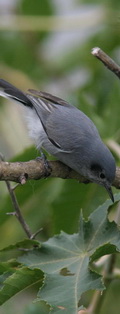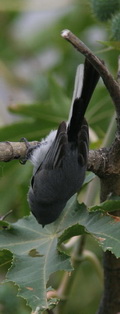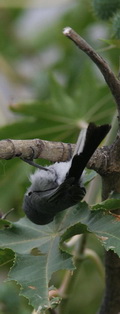When the bird touches the branch there is an automatic grasp of the toes in a pincerlike fashion. This is due to the special arrangement of the leg tendons. These tendons, which are nexes between muscles and bones, are long and run from the heel to the phalanges (toe bones). They are divided into two groups.
The flexor tendons run behind the heel along the tarsus and are inserted on the lower surface of the phalanges. When the knee and heel articulations are bent, the tendon retracts dragging the toes inwards as if embracing the branch. This involuntary reflex allows birds to keep gripped without the risk of falling down and with almost no energetic cost.
The extensor tendons run along the inner face of the leg and are inserted on the upper surface of the phalanges. Their contraction opens the toes in a fanlike fashion.
The perching mechanism combines with the tendon locking mechanism , which causes the toes to keep flexed. When the metatarso phalangeal joint presses against the branch, the tubercles, which lie between the under surface of the flexor tendon and the upper surface of the tendon sheath, intermesh with one another and keep the interphalangeal bones flexed. Straightening the leg is enough to unlock the toes.
 |
 |
 |
 |
 |
| Masked Gnatcatcher rotating around the branch. © Roberto Ares |
||||
|---|---|---|---|---|







